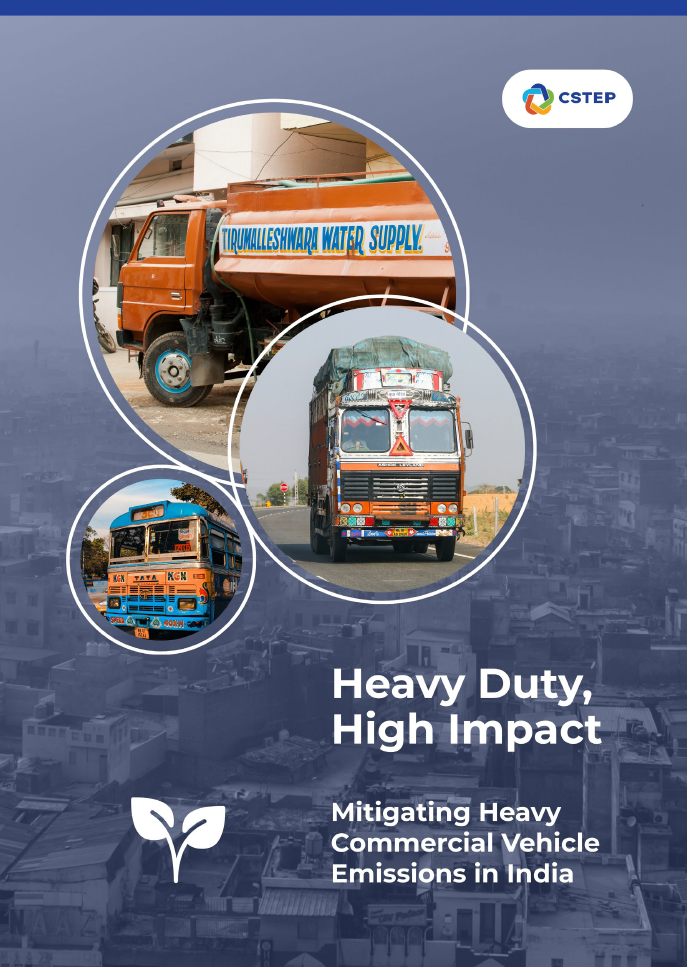Air pollution, a pressing public health crisis in Indian cities, is significantly driven by the transport sector. Heavy commercial vehicles (HCVs; e.g. buses, trucks, water tankers, and dumpers), comprising only 1.74% of all vehicles, contribute to over 70% of vehicular pollution, particularly particulate matter (PM2.5 and PM10). Further, trucks, which constitute the majority of HCVs, dominate HCV emissions due to their high registration numbers and vehicle kilometres travelled (VKT). The National Clean Air Programme (NCAP) targets a 40% reduction in PM emissions in non-attainment cities, necessitating focused interventions on HCVs. This report provides a 2022 emission inventory for HCVs, evaluates existing policies, and proposes strategies to curb tailpipe emissions. The report emphasises super-emitters, which have 4–11 times higher emission factors than non-super-emitters. Thus, although super-emitters constitute only 23% of the fleet, they contribute to 62% of PM2.5 emissions (154 Gg/year compared with 93 Gg/year from non-super-emitters).
In a business-as-usual scenario, HCV numbers will rise by 27% by 2035; however, emissions will decline owing to the adoption of Bharat Stage VI (BS-VI) norms and scrappage of government HCVs, though super-emitters will continue to dominate fleet emissions. Current policies, including the Voluntary Vehicle Fleet Modernisation Programme (VVMP) and the Faster Adoption and Manufacturing of (Hybrid &) Electric Vehicles (FAME) scheme, lack specific measures for superemitters or regional coordination for long-distance HCVs.
Achieving cleaner heavy transportation in India requires targeted regulations, infrastructure investments, industry collaboration, and financial incentives. A phased, pragmatic approach, prioritising super-emitters and transitioning to cleaner fuels, can drive significant air quality benefits and support India’s clean transport goals.

